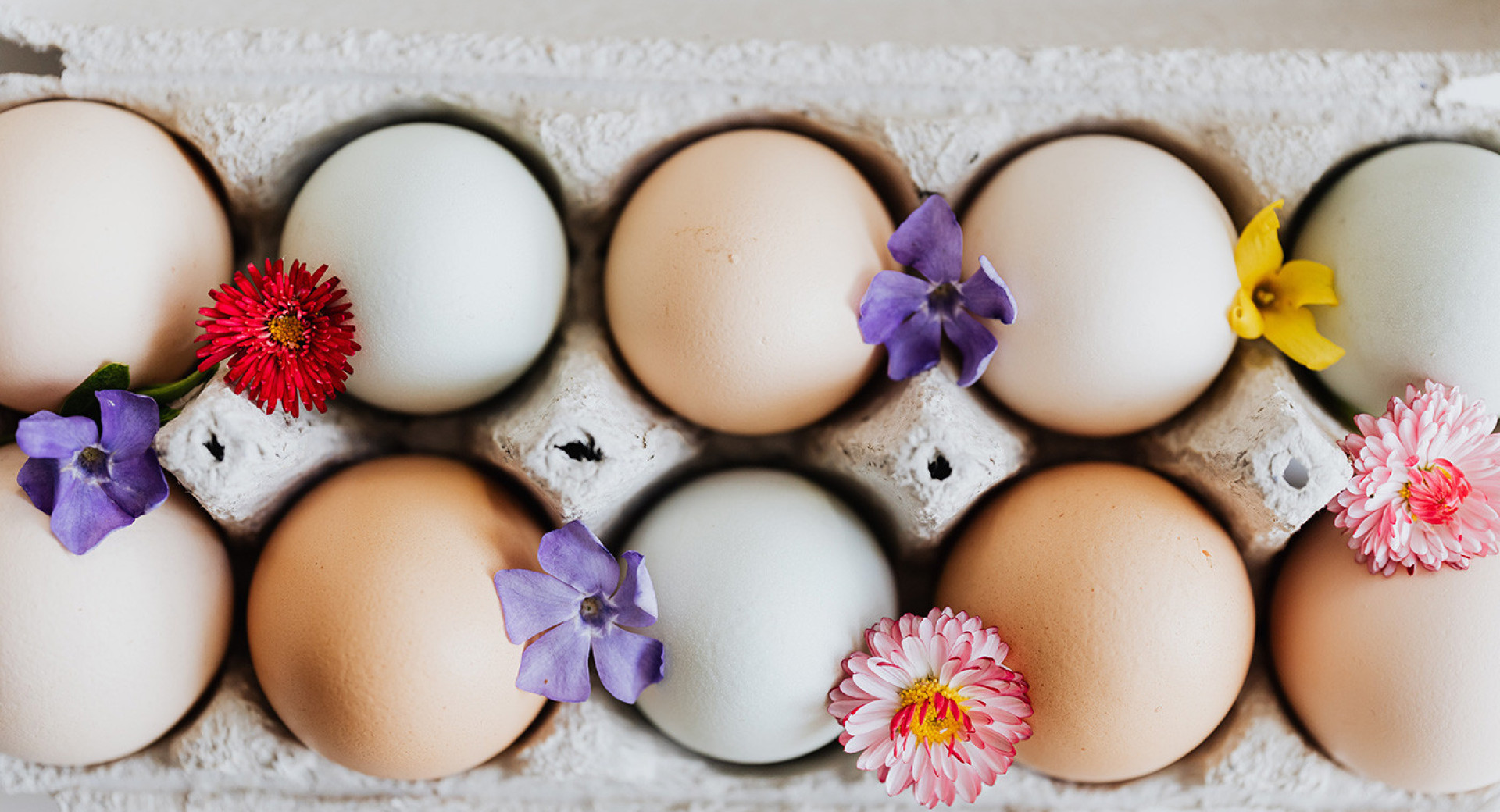Easter in Ljubljana
1 Apr 2021
Even without looking at the calendar, you can tell: from the olive branches in the hands of the passers-by on Wolfova. From the rainbow-coloured Easter bundles you spot amid the dull-coloured winter coats in Prešeren Square. From the crowds at the stalls in the flower market. Palm Sunday has come to the city.

© Luka Esenko
And soon after Palm Sunday, when the cheerful spring sunshine bathes the city’s pastel-coloured baroque façades, the tourist season begins in earnest in Slovenia’s capital city. Ljubljana is at its loveliest at Easter and shows itself off in all its glory: restaurant terraces open, the city puts off its wintry Alpine charm and becomes almost Mediterranean in atmosphere, the willow trees along the Ljubljanica droop their light green boughs towards the surface of the river, strollers shed their heavy coats and the fashion sense of the city’s trendsetters is given a fresh impetus.
Mira Mihelič begins her novel April, a social fresco of the Ljubljana bourgeoisie in the interwar years, on Good Friday 1941, when news of the coming war starts to spread like wildfire around the city’s main food market. The market reflects the pulse of the city. It is a kind of social calendar, the capital’s vibrant beating heart and also its stomach.
Yellow daffodils, lush dandelion leaves and horseradish roots have for days been heralding the arrival of the long-awaited first Sunday after the spring full moon, when the Easter holiday begins. For weeks before this we’ve seen dried onion peels, carefully separated in twists of paper, on the market stalls: dark red or orange, for naturally coloured traditional Easter eggs. Dried turnip peelings are rarely seen at the market, although they are used to prepare one of the most unique, traditional, pre-Easter Lenten dishes, known as alleluia. This humble soup is said to have its origin centuries ago as a memory of one of the great famines of the late Middle Ages, in the days when Ljubljana was besieged by the Ottoman Turks. The people of the Trnovo and Krakovo districts knew it by three different names: alleluia, peelings and hunger.
The contents of the Easter basket, covered with its embroidered white cloth, are familiar to everyone down to the last detail. At no other time in the year does food carry such a powerful symbolic message, nowhere in the menu of tradition does it play such a self-evidently central role as it does in these days. The ham and potica in the Easter basket keep company with sharp, pungent horseradish, which reminds us of suffering and a yearning for God’s presence. The dishes that constitute the original flavours of Ljubljana do not get their sharpness from some borrowed piquant sauce. Instead, this hardy root, which has a cleansing effect, also finds its place in the sauce for a typical Ljubljana lunch. When it comes to using inspiring and interesting local flavours, Ljubljana’s contemporary and innovative chefs frequently turn to the bitter and mysterious flavours of horseradish and the even more distinctive flavour of tarragon, which in traditional Ljubljana cuisine also finds its place in sweet dishes, such as potica, although pride of place at Easter is usually given to walnut potica, which symbolises the crown of thorns.
Last year’s Easter holidays did not fill Ljubljana with the exuberance – and numerous tourists – that we have grown used to in recent years. This year, too, it looks as though the inhabitants of our beloved capital will be celebrating in a different way from usual, yet Easter nevertheless means that the joyful springtime news of rebirth has arrived, something that we will mark with our traditional culinary homage.
